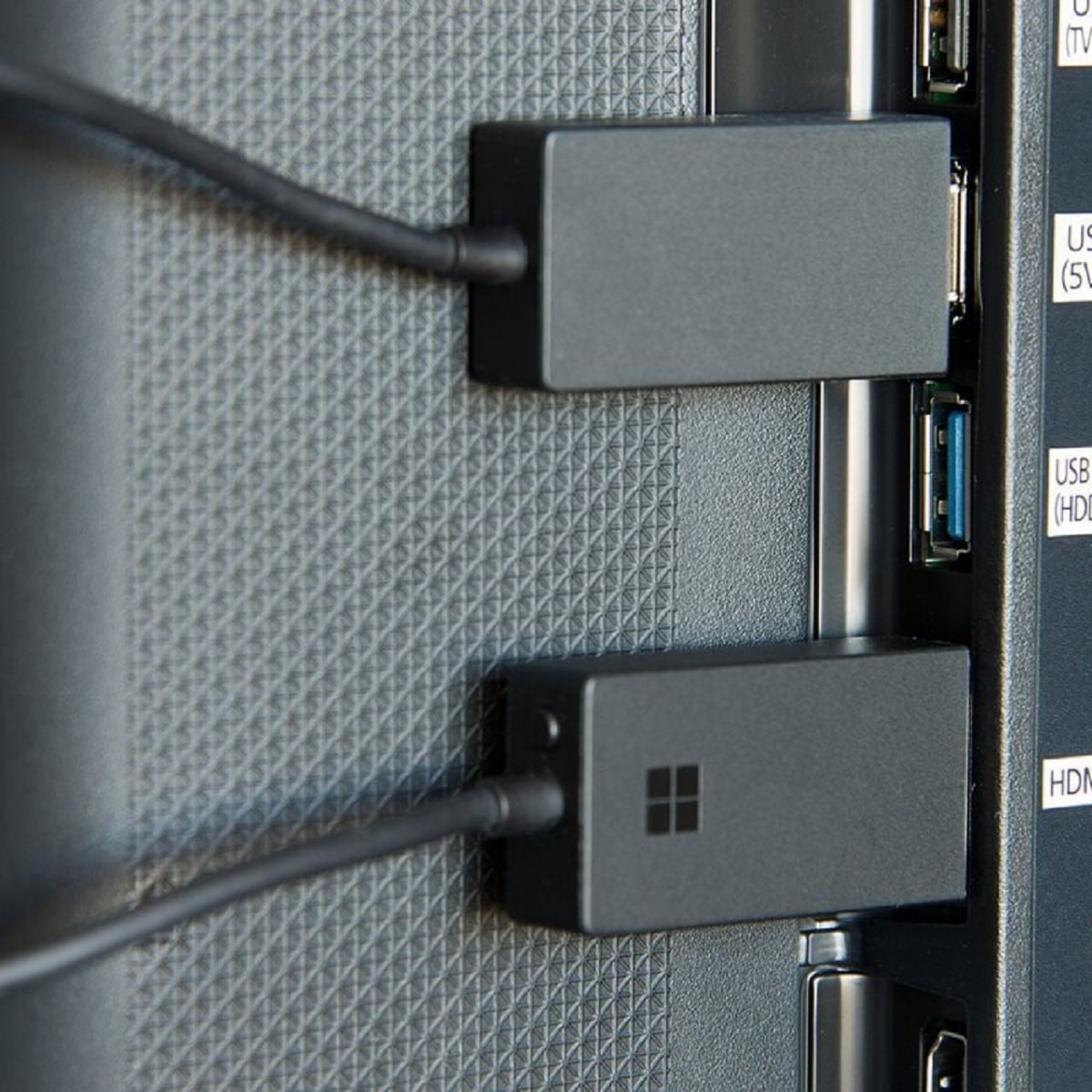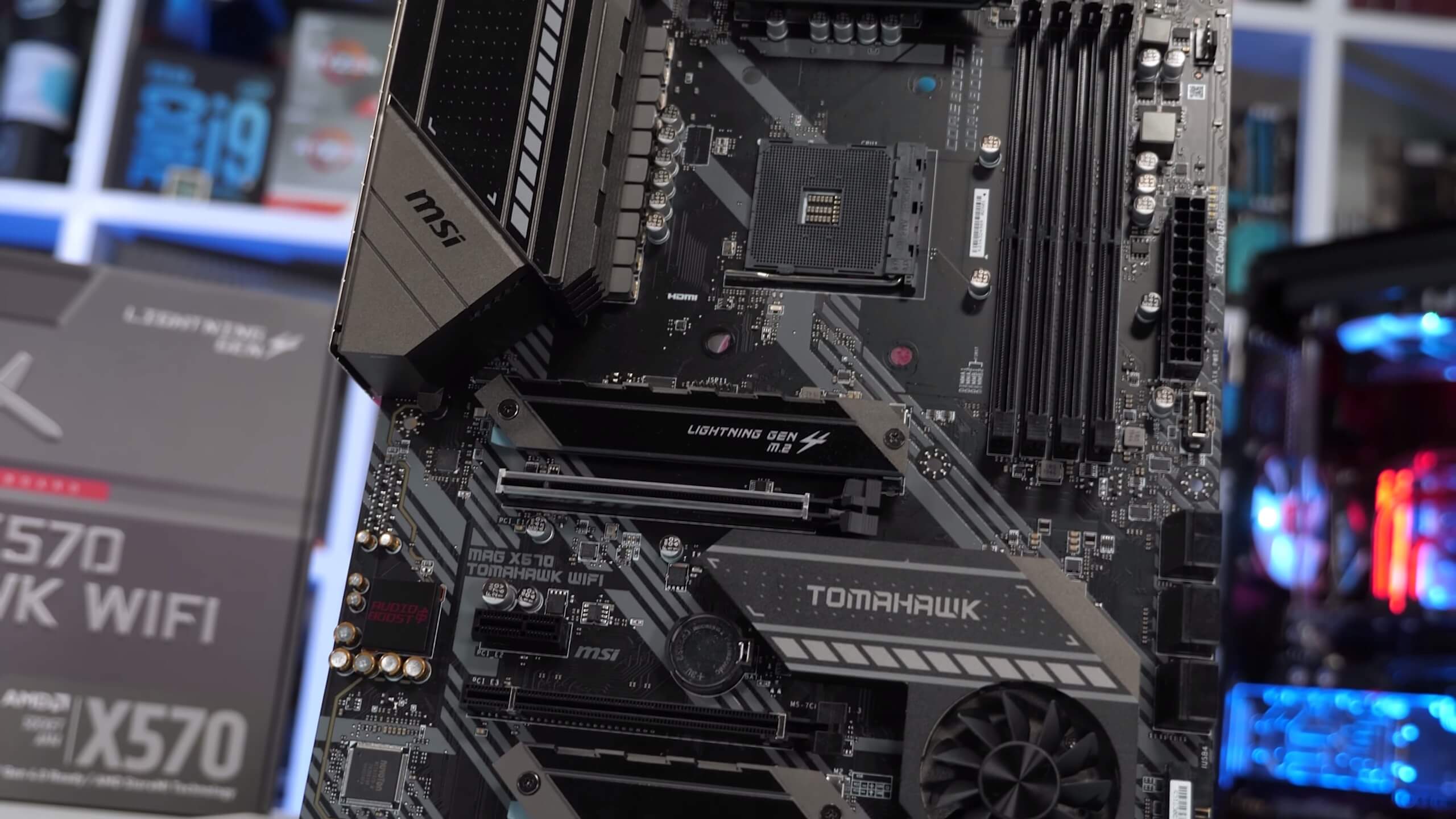- Microsoft Monitor Drivers For Windows 10
- Microsoft Monitors Drivers
- Microsoft Monitor Driver Update
- Microsoft Monitor Driver

Windows 10 Update keeps overriding my monitor drivers to generic PnP and Non-Generic PnP drivers. I have two identical, new Lenovo monitors connected (one VGA the other Displayport/VGA) and try to install the Lenovo provided driver for Windows 10 but receive the message that the best driver is already installed. Driver Verifier monitors Windows kernel-mode drivers and graphics drivers to detect illegal function calls or actions that might corrupt the system. Driver Verifier can subject Windows drivers to a variety of stresses and tests to find improper behavior. In Windows 7, 8, and 10 you will only see reference to 'Generic PnP Monitor' under monitor tab and under device manager unless you load the display or monitor drivers. Display Driver not required in Windows 10. Unlike the graphics card driver, which requires a specific driver for full functionality, usually a dedicated Display Driver is not. To update your Surface with the latest drivers and firmware from the Download Center, select the.msi file name that matches your Surface model and version of Windows. For example, to update a Surface Book 2 with build 15063 of Windows 10, choose SurfaceBook2Win100092.msi. Windows Display Driver Model (WDDM) is the graphic driver architecture for video card drivers running Microsoft Windows versions beginning with Windows Vista. It is a replacement for the previous Windows 2000 and Windows XP display driver model XDDM/XPDM and is aimed at enabling better performance graphics and new graphics functionality and stability.
-->Each video output on the display adapter that has a monitor connected to it is represented by a device node that is a child of the display adapter's device node.
Typically, there are only two device objects in the device stack that represent a (video output, monitor) pair: the physical device object (PDO) and the functional device object (FDO). In some cases, there is a filter DO, associated with a vendor-supplied filter driver, above the FDO. For integrated monitors, such as the built-in flat panel on a laptop computer, there might be a filter DO, associated with the Advanced Configuration and Power Interface (ACPI) driver, above the PDO.
The following table shows the device stack for a video output that has a connected monitor.
| Device object | Required/Optional | Driver |
|---|---|---|
Filter DO | Optional, typically not needed | Filter driver supplied by monitor vendor |
FDO | Required | Monitor class function driver (Monitor.sys) supplied by Microsoft |
Filter DO | Required only for integrated ACPI display panels | ACPI driver (Acpi.sys) supplied by Microsoft |
PDO | Required | Bus driver (display miniport/port pair) supplied by display adapter vendor |
Microsoft Monitor Drivers For Windows 10

User-mode applications use WMI to invoke the services of the monitor class function driver. Those services include exposing a monitor's identification data and (in the case of an ACPI display) setting the brightness of the display.
A monitor stores its identification and capability information in an Extended Display Identification Data (EDID) structure, a format that lets the display supply the host with information about its identity and capabilities independent of the communications protocol used between the monitor and host. A request, from a user-mode application, to read a monitor's EDID is processed by the function driver (Monitor.sys) in that monitor's device stack. When the monitor function driver receives a request to retrieve the monitor's EDID, it sends a request to the display port/miniport driver pair that is represented by the physical device object (PDO) at the bottom of the monitor's device stack. The display port/miniport driver pair uses the Display Data Channel (DDC) protocol to read the monitor's EDID over the I²C bus, which is a simple two-wire bus built into all standard monitor cables.
Microsoft Monitors Drivers
The EDID can be obtained using the ACPI_METHOD_OUTPUT_DDC method whose alias is defined in Dispmprt.h. This method is required for integrated LCDs that do not have another standard mechanism for returning EDID data.

For more information about communication between display adapters and monitors, see the following topic:
For details about EDID structures and the DDC protocol, see the following standards published by the Video Electronics Standards Association (VESA):
Enhanced Display Data Channel Standard (E-DDC)
Enhanced EDID Standard (E-EDID)
You can download these standards from vesa.org in the Free Standards section.
For details about the I²C bus, see the I²C Bus Specification published by Philips Semiconductors.
Microsoft Basic Display Adapter on Windows 10
The Microsoft Basic Display Adapter is software that's built into Windows that provides display and graphics capabilities when software from your hardware manufacturer isn't installed. To get the best experience from your device, you might need to install software known as a driver from your hardware manufacturer. Typically, you'll get the latest drivers from Windows Update or as part of Windows setup. Sometimes, however, drivers might not get installed right away or may only be available directly from the hardware manufacturer’s website.

Drivers from the manufacturer often feature:
Faster performance
Smoother video playback
Higher screen resolutions
Improved battery life
Multiple monitor outputs
Additional graphical features
To see if you're using the Microsoft Basic Display Adapter, select the Start button, then in the search box next to Start, type dxdiag.exe.Choose dxdiag.exe from the list of results and then on the Display tab under Device, look at the value for Name. If there's more than one Display tab, check all of them.
Microsoft Monitor Driver Update
You can check Windows Update to see if a newer driver is available by selecting the Start button > Settings > Update & security , or you can check the manufacturer's website.
Microsoft Monitor Driver

If your hardware manufacturer doesn't provide Windows 10 device drivers, try the following:
Keep using the Microsoft Basic Display Adapter.
If you have a Desktop PC, upgrade to a more recent video card.
Review the tips and tricks posted on Microsoft support forums by other customers.
